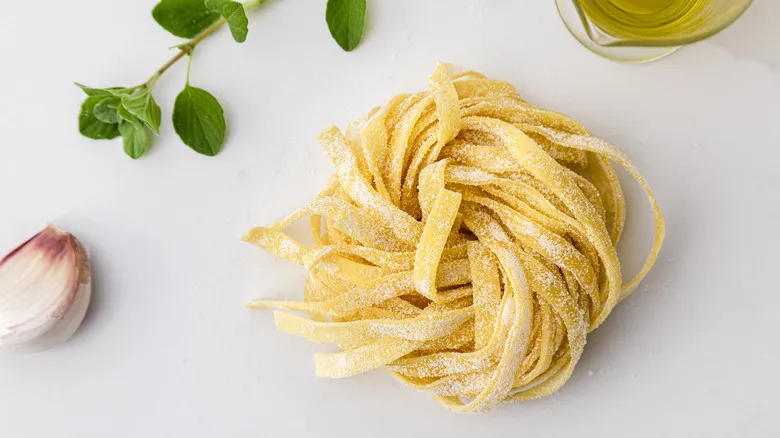Which sauces to pair fresh and dried pasta with
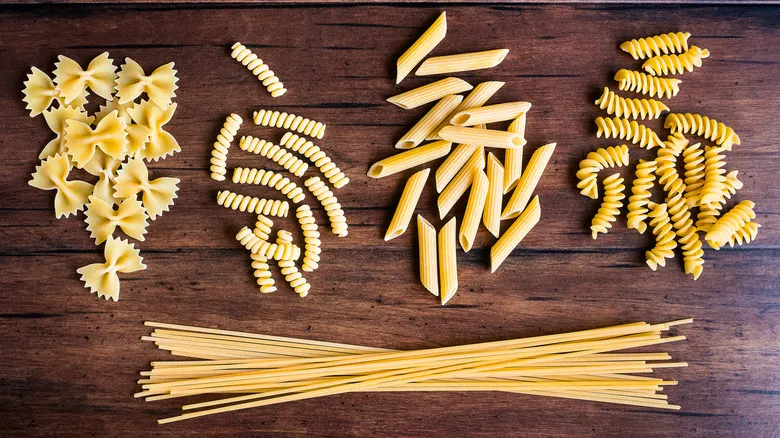
When it comes to fresh pasta, sauces that are butter- or cream-based work wonderfully. A light Alfredo sauce made with cottage cheese pairs beautifully with fresh fettuccine. Fresh pasta is also ideal for showcasing its flavor when combined with a simple sauce made from just butter and herbs—these two ingredients can create a quick pasta sauce in no time. Additionally, you can use the water from cooking fresh pasta as a base for a light sauce; by boiling the pasta in minimal water, you achieve a higher starch concentration, which helps the sauce come together smoothly.
On the other hand, dried pasta is best complemented by heartier sauces, like a rich ragu. The firm, al dente texture of dried noodles holds up better to robust sauces compared to fresh pasta. However, there is an exception: a traditional homemade bolognese sauce is best served with fresh egg pasta, as is customary in Italy. If you’re aiming for authenticity, pair bolognese with fresh pasta. But if tradition isn’t a priority, using dried pasta is perfectly acceptable.
Recommended
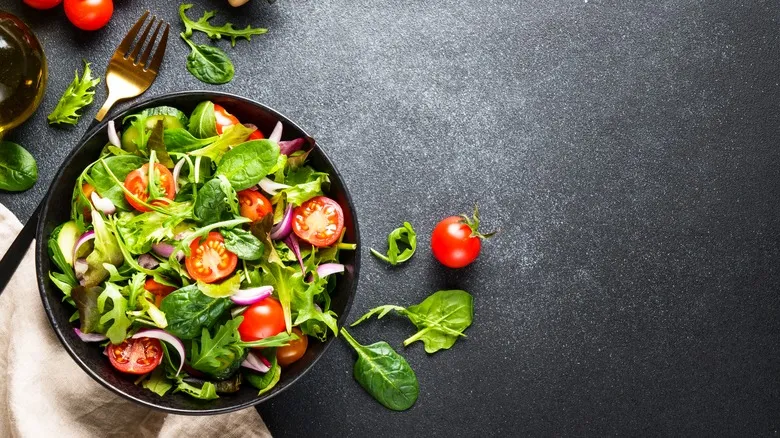
The Ultimate Way To Cut Vegetables For A More Balanced Salad

Kirkland Canned Roast Beef Is The Shortcut To Quick And Easy Sandwiches
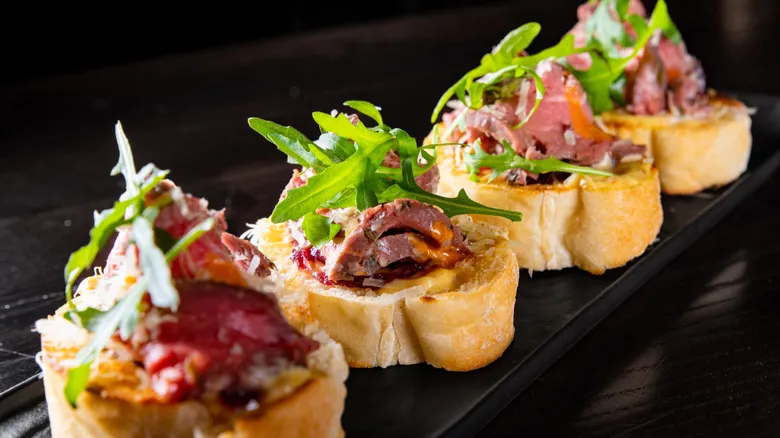
How To Repurpose Leftover Steak For Easy Crostini Appetizers
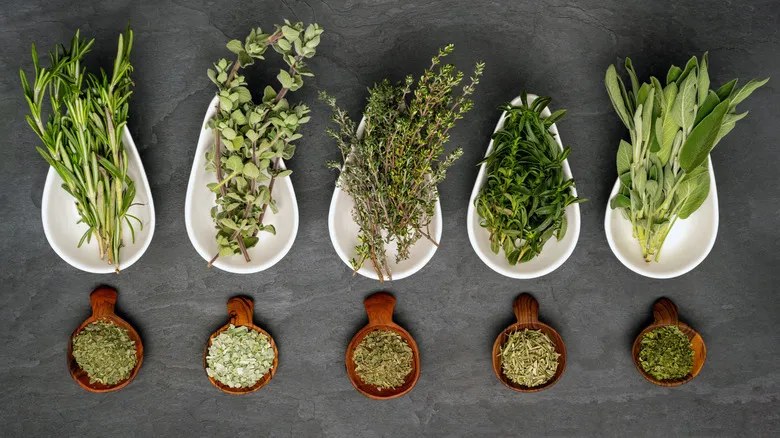
When To Use Fresh Vs Dried Herbs
Next up

